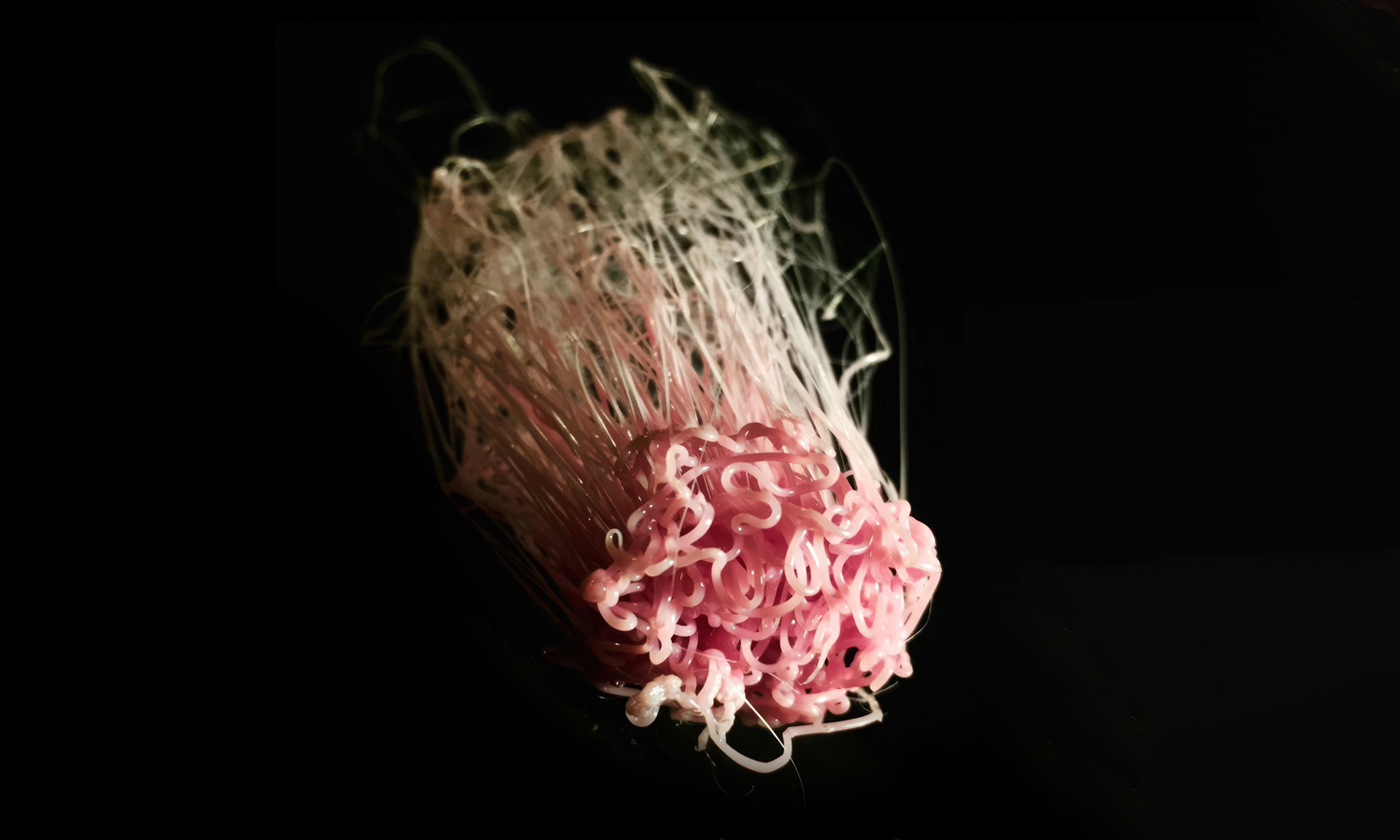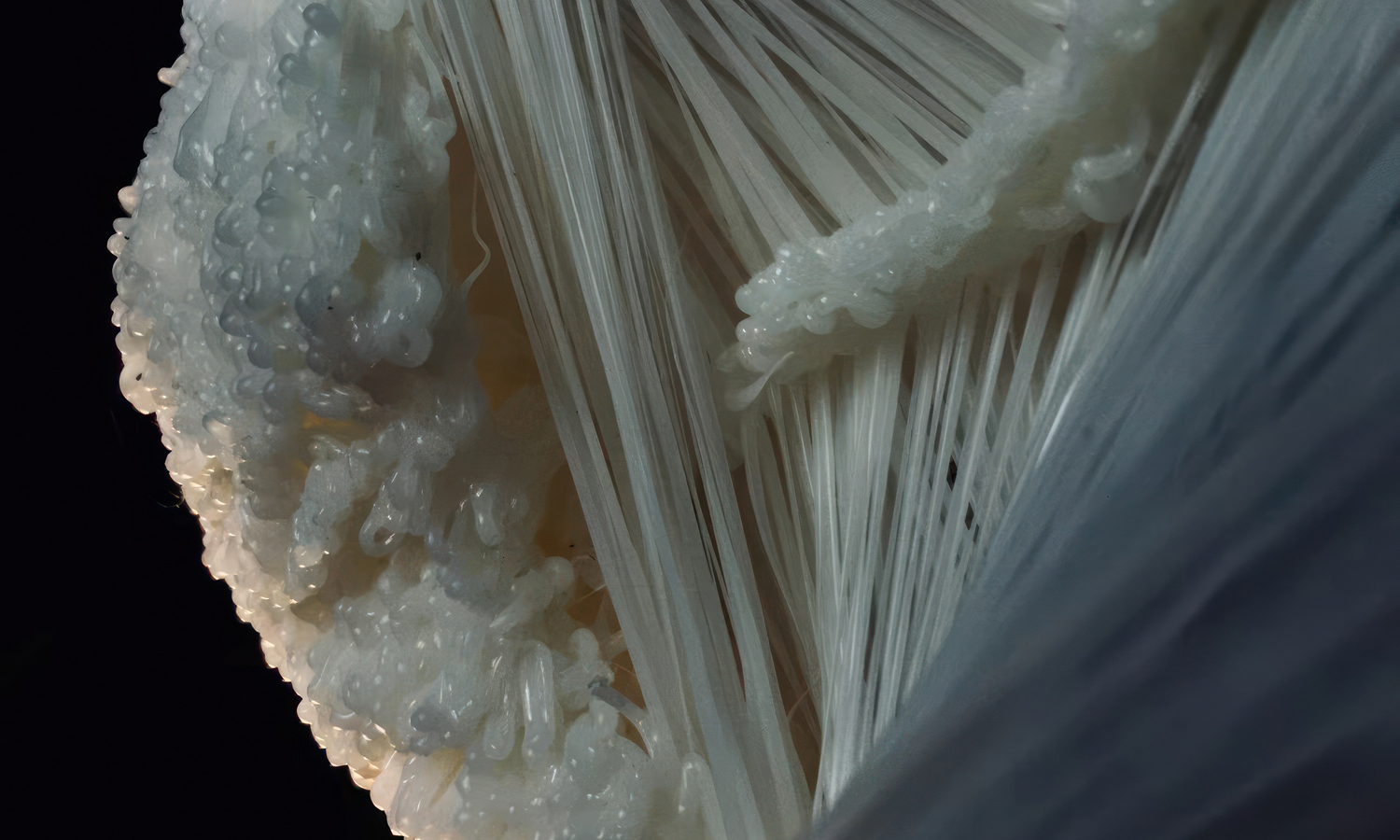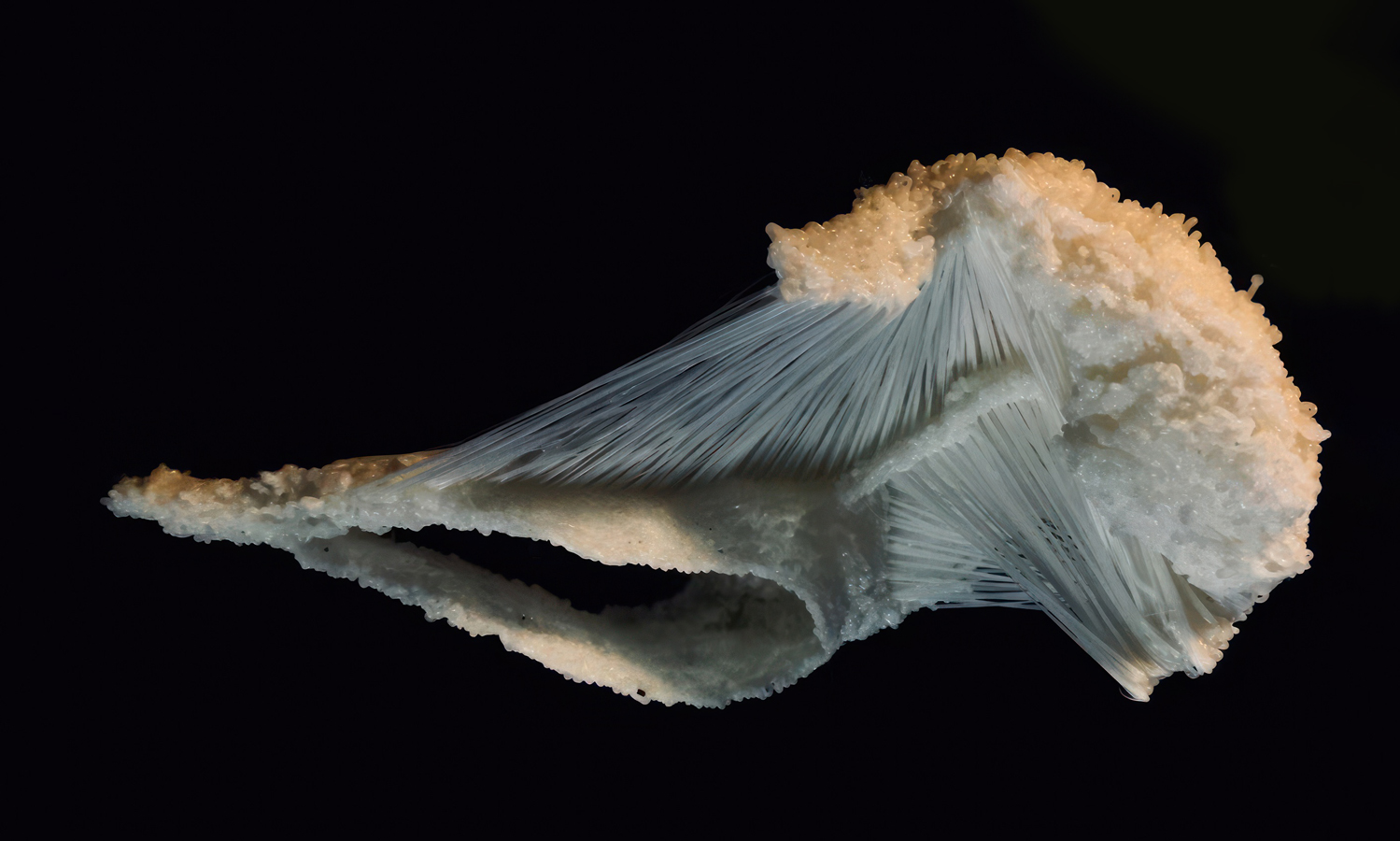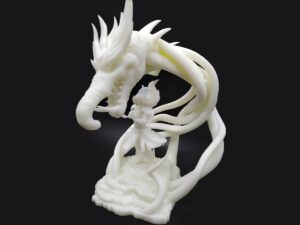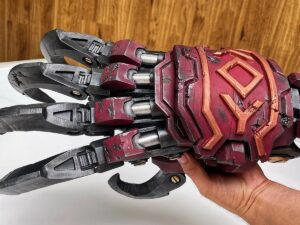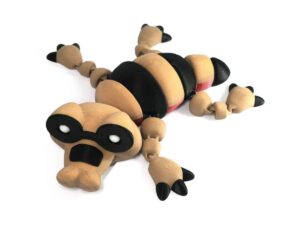- DLP 3D Printed Elastic Rubber Designer Shoe Surface
- LCD 3D Printed Resin Bird Statue with Ultra-Fine Details
Gallery
About Project
The world of 3D printing has opened up incredible possibilities for artistic expression, and the 3D pen is a unique tool in this realm. In this post, we’ll delve into the creation of a fascinating alien creature model, exploring the design process and the innovative use of a 3D pen with dual-color techniques.
The Design Process: From Imagination to Reality
The creation of this alien creature began, as all artistic endeavors do, with an idea. The artist envisioned a delicate, otherworldly being, characterized by flowing lines and a sense of ethereal beauty. This initial concept was then translated into a tangible form through a freehand sculpting process using a 3D pen. Here’s a glimpse into the design process:
- Conceptualization: The artist started with sketches and mental imagery, defining the creature’s key features: the elongated, asymmetrical form, the beak-like protrusion, and the intricate, filamentous structure.
- Framing the Structure: The 3D pen was used to create the basic framework of the creature. This involved drawing lines and shapes in mid-air, allowing the material to solidify and form a three-dimensional scaffold.
- Building the Form: Layer by layer, the artist added more material, gradually building up the creature’s volume and defining its unique shape. The 3D pen allowed for a high degree of control, enabling the creation of complex curves and intricate details.
- Adding Detail: The final stage involved adding the delicate filamentous structure. This required a steady hand and a keen eye for detail, as the artist carefully extruded thin strands of material to create the creature’s ethereal, flowing form.
Dual-Color Printing with a 3D Pen
The use of a 3D pen allowed for a unique approach to color in this sculpture.
- Material Selection: The artist likely used white filament as the primary material to create the base structure of the alien creature. This choice gives the model its light, crystalline appearance.
- Color Transitions: 3D pens allow for quick color changes. The artist could have switched to a different colored filament to add accents or subtle variations to the sculpture.
The Final Result: A Vision of the Alien The final model is a testament to the artist’s skill and creativity. The delicate, filamentous structure, combined with the unique texture and form, creates a sense of wonder and invites the viewer to imagine the creature’s origins and purpose. The use of a 3D pen has resulted in a one-of-a-kind piece of art that showcases the potential of this innovative tool.
Solution
- Step 1: Conceptualization. The initial concept for the creature was developed.
- Step 2: Framework Creation. The basic framework of the creature was formed using a 3D pen. Lines and shapes were drawn in mid-air, and the material was allowed to solidify.
- Step 3: Form Building. Material was added layer by layer, and the creature’s volume and shape were gradually built up.
- Step 4: Detail Addition. The delicate filamentous structure was created. Thin strands of material were carefully extruded to form the creature’s ethereal details.
- Step 5: Color Application. White filament was primarily used. Color was transitioned by switching filaments.
